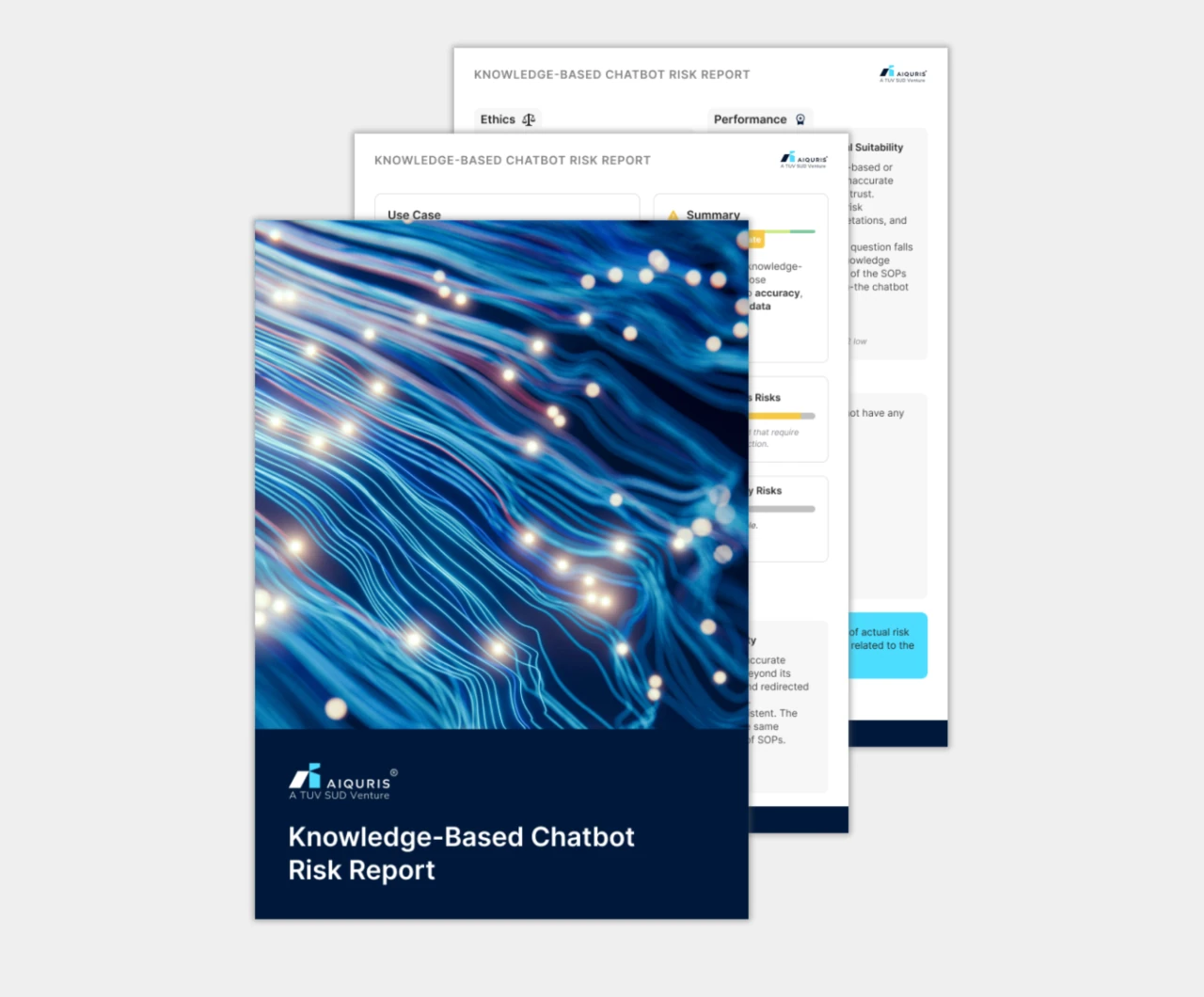As artificial intelligence (AI) becomes foundational to financial services, powering credit scoring, fraud detection, and customer onboarding, regulatory scrutiny is intensifying. In fact, 90% of European financial services executives report some level of AI integration within their operations1. After the EU AI Act came into effect on 1 August 2024, the region now leads with a pioneering legal framework that governs AI across sectors, especially finance. Understanding its risk-based classifications is essential not only for legal compliance but also for reinforcing transparency, accountability, and trust in digital finance.
Decoding High-Risk AI Under the EU AI Act
The AI Act categorises AI systems based on their potential impact on safety and fundamental rights. High-risk systems encompass applications in critical sectors, including finance. Notably, AI systems used in credit scoring, fraud prevention, and customer due diligence fall under this category due to their significant influence on individuals' financial well-being2.
Under the EU AI Act, AI systems are categorised based on their impact on safety and fundamental rights. In finance, systems involved in credit scoring, fraud prevention, and customer due diligence are deemed ‘high-risk’ due to their significant influence on individuals’ financial well-being. Financial institutions using such systems must comply with stringent requirements, including:
- Risk Management: Implement comprehensive risk assessment frameworks to identify and mitigate potential harms.
- Data Governance: Ensure data quality, relevance, and representativeness to prevent biases.
- Transparency: Maintain clear documentation of AI system functionalities and decision-making processes.
- Human Oversight: Establish mechanisms for human intervention in AI-driven decisions.
These measures aim to foster trust and accountability in AI applications within the financial sector.
Navigating Compliance Challenges
Determining whether an AI system is high-risk can be complex. For instance, an AI model used for loan approvals may seem benign but could inadvertently perpetuate biases if not properly managed. Misclassification of such systems can lead to non-compliance, resulting in legal repercussions and reputational damage.
Moreover, the AI Act introduces a shared responsibility model. If a financial institution utilises a third-party AI system classified as high-risk, both the provider and the deployer bear compliance obligations. This underscores the importance of thorough due diligence when integrating external AI solutions3.
Integrating Data Protection Principles
The European Data Protection Board (EDPB) provides guidance on aligning AI practices with data protection regulations. Opinion 28/2024 emphasises the necessity of lawful data processing, transparency, and accountability in AI systems. Financial institutions must ensure that AI models respect individuals' privacy rights and comply with the General Data Protection Regulation (GDPR)4.
Key considerations include:
- Establishing a Legal Basis: Establish a legitimate legal basis for processing personal data within AI systems5.
- Data Minimisation: Collect only data that is necessary for the intended AI application.
- Transparency: Provide clear information to individuals about how their data is used in AI processes.
Adhering to these principles not only ensures compliance but also enhances customer trust.
The Role of AIQURIS in Facilitating Compliance
Complying with the EU AI Act’s complex provisions demands robust tools and domain-specific expertise. AIQURIS offers a unified platform tailored to help financial institutions achieve end-to-end compliance, featuring:
- Risk Classification: Identify and categorise AI systems according to the AI Act's risk levels.
- Safeguard Implementation: Deploy necessary controls, including data governance protocols and human oversight mechanisms.
- Continuous Monitoring: Track AI system performance and compliance status in real-time.
- Documentation: Generate detailed reports and maintain records to demonstrate adherence to regulatory requirements.
By leveraging AIQURIS, financial institutions can streamline their compliance processes, mitigate risks, and uphold ethical standards in AI deployment.
Conclusion
The EU AI Act represents a significant shift in the regulatory landscape for AI applications in finance. For CDOs and AI governance professionals, understanding and adhering to the Act's provisions is not merely a legal obligation but a strategic imperative. Implementing robust compliance frameworks ensures not only regulatory adherence but also fosters innovation and customer trust.
Unsure if your AI systems fall under the 'high-risk' classification of the EU AI Act? Our experts at AIQURIS can provide clarity and guide you through the compliance process. Contact us for a consultation.






